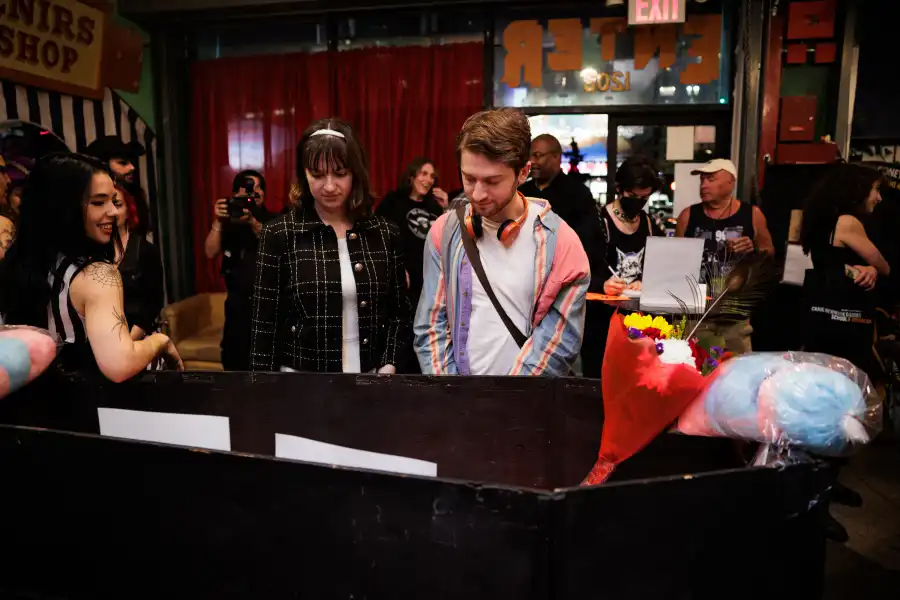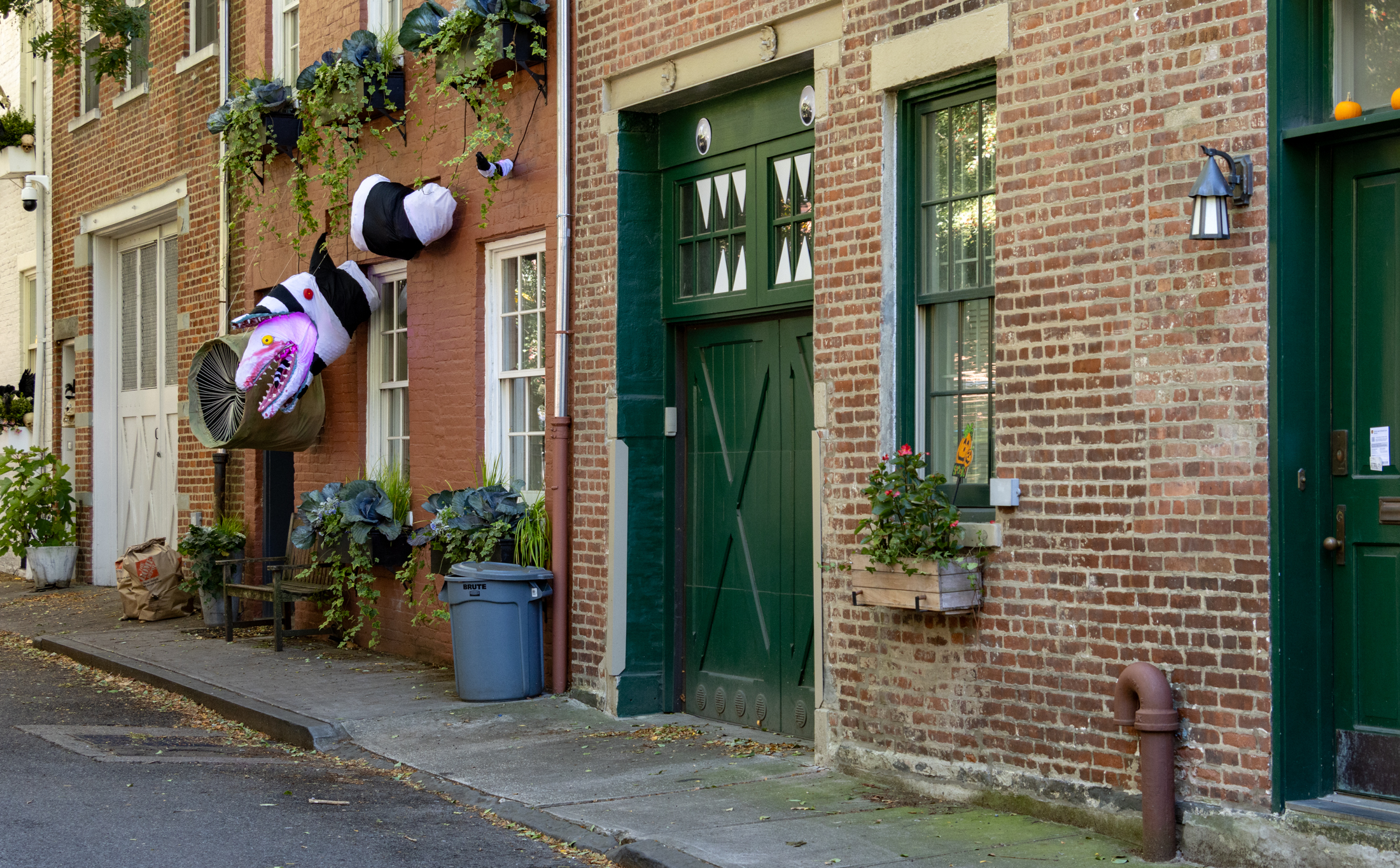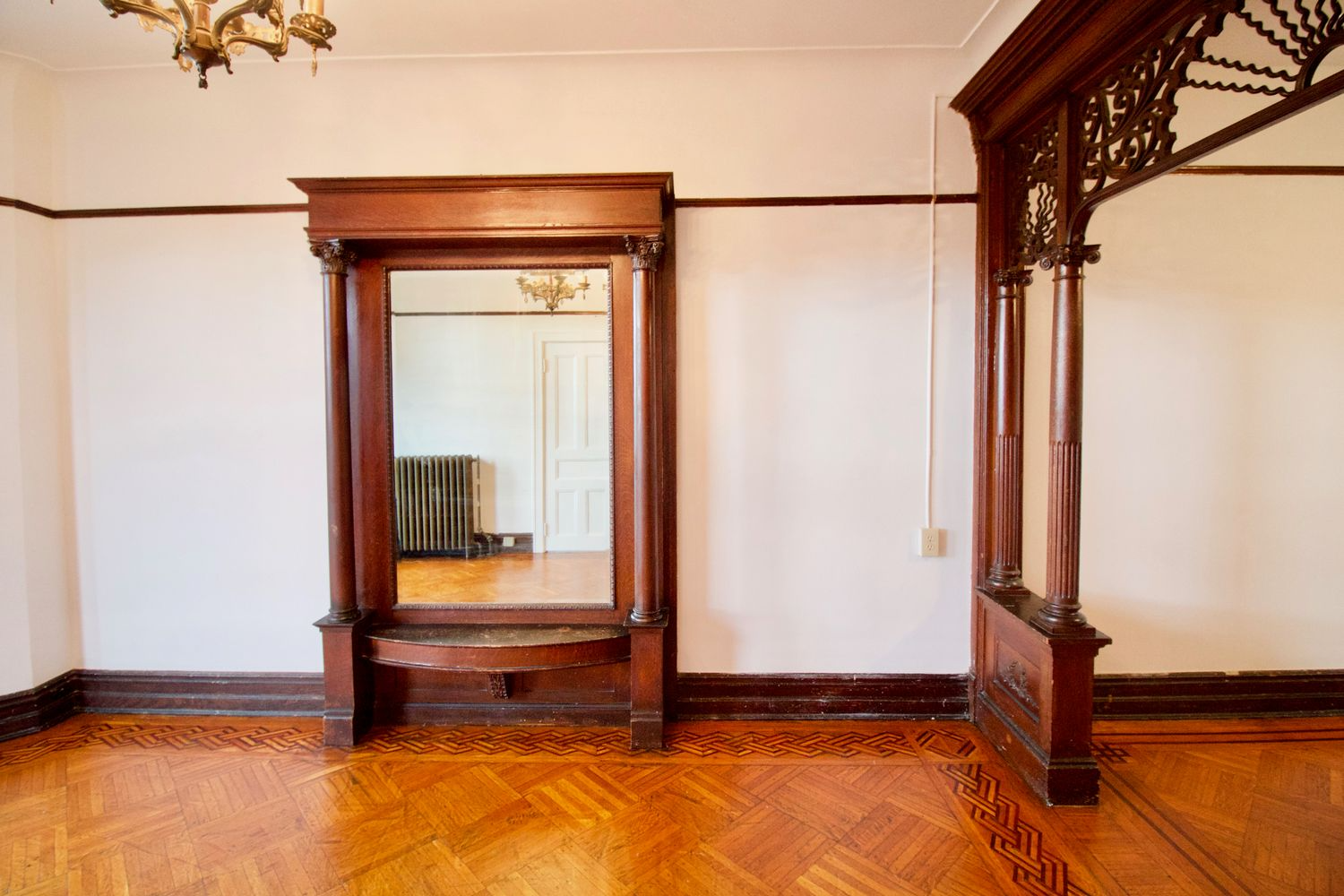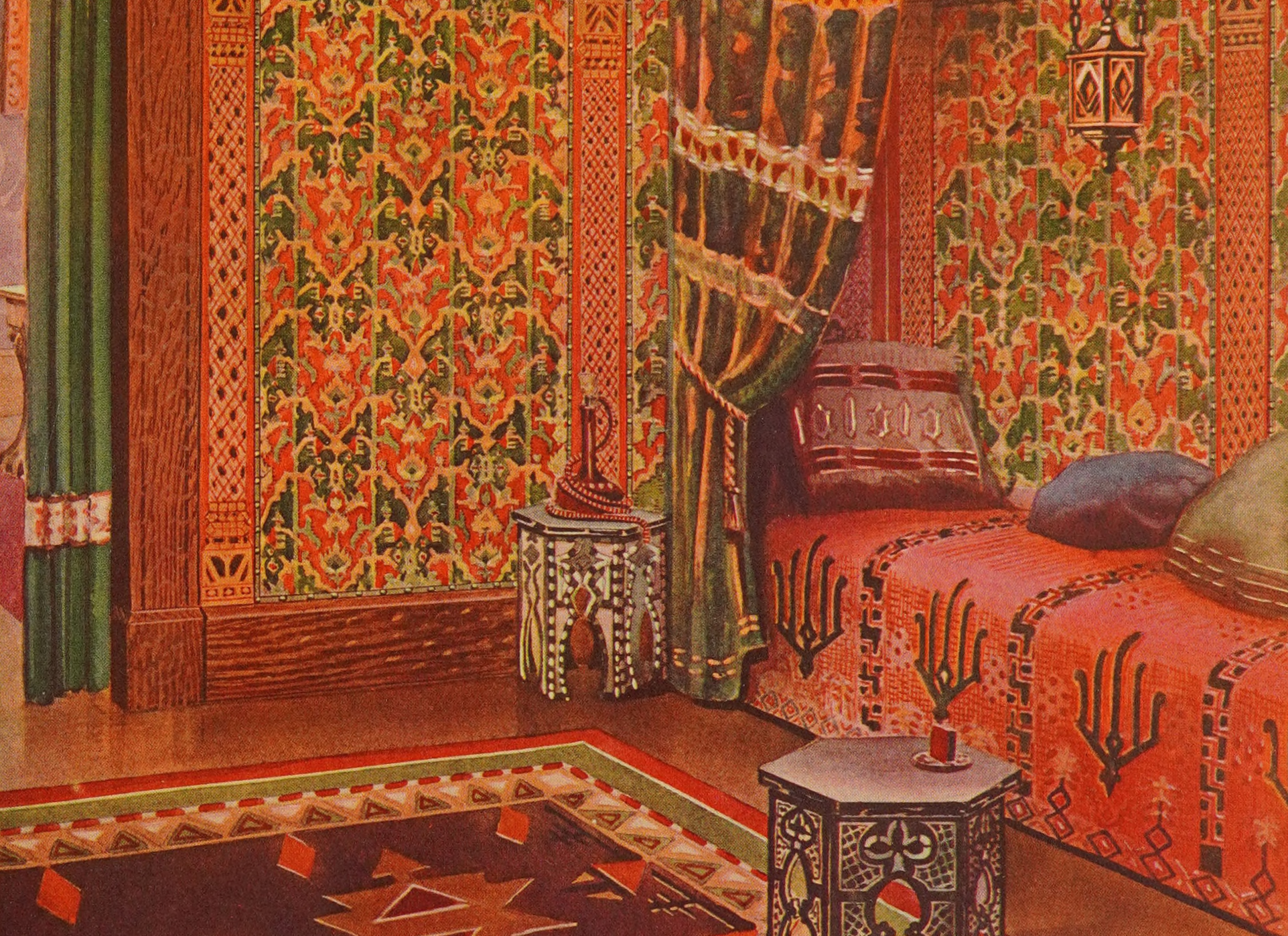Albee Square Deal Closes, Fewer Apartments Planned
When the deal was announced back in February, the consortium of investors purchasing the groundlease for the Gallery at Fulton Mall from Thor Equities had big plans: 475,000 square feet of retail space, 125,000 square feet of Class A office space, and 1,000 rental apartments (with 20 percent set aside for tenants of moderate income)….


When the deal was announced back in February, the consortium of investors purchasing the groundlease for the Gallery at Fulton Mall from Thor Equities had big plans: 475,000 square feet of retail space, 125,000 square feet of Class A office space, and 1,000 rental apartments (with 20 percent set aside for tenants of moderate income). Since the deal closed last week for a reported $120 million, it’s come out that the housing component has been scaled back by about 35 percent. The 1.6-million-square-foot tower (which will be anywhere from 40 to 60 stories) will still have 650 apartments, but the switcheroo is expected to result in a loss of about 70 affordable housing units, something that has community groups pissed off. The new owners haven’t announced what they’re going to do with the extra square footage from the 350 axed apartments yet.
Developers Pare Housing Plan for Albee Square [NY Observer] GMAP
Expansion, Skyscraper Planned for Albee Square Mall [Brownstoner]
Albee Square [Acadia Realty]





People certainly didn’t “stick to their own” when I was growing up on the Upper East Side in the 1970s. Custodians and barmaids (and teachers and clerks) did live there. Sure, the lower-income folk lived in the crappy tenement apartments and the doctors and lawyers (and literary agents and magazine editors) got the nice prewars, but they all lived in the same neighborhoods. No reason they can’t do that now.
Sterling Silver, this is not a town or small city. Your fantasy of different social strata existing in perfect harmony is just that, a fantasy. Doctors, lawyers, MBAs, etc. are not suddenly going to join hands with busboys, custodians, and barmaids and sing kumbaya (or vice versa). Like it or not, most people stick to their own and like it that way.
Put affordable housing where it’s needed the most – Brownsville, East New York, Canarsie, Flatbush and East Flatbush. Downtown Brooklyn (“the Gateway”) along with the waterfront should be designated the premier residential and commercial section of the borough. It’s right next door to the city’s economic center and sits in the middle of the borough’s most affluent communities (i.e., brownstone Brooklyn).
Housing affordability should be dictated by market forces. Get rid of rent control, rent stabilization and, while setting higher building standards for developers in Brooklyn, allow them to build as much as the they want to. Eventually an overabundance of supply will put downward pressure on property values, especially condos and make things more affordable.
Just like the poor have no inalienable right to live on 5th or Park Avenue, we do not need to accommodate them in prime real estate communities such as downtown Brooklyn. If they want to live in downtown they should earn their way like everyone else: through education, professional motivation, hard work and drive to succeed.
Albee Square is a great development for Brooklyn’s future. In twenty years, the best views in New York City will be from downtown Manhattan looking out to the East River and the Brooklyn skyline.
Bren/Sterling Silver…brilliant incisive comments and spot on to the spirit of what Brooklyn is all about (any thoughts of careers in politics?).
All this overdevelopment is only going to result in some of the most overpriced slums of the future when the boom collapses…and trust me, you arrogant fools with fat pockets and heads to match, it will.
Regardless of income level, the central point remains: no one is entitled to live in any one area just because they were raised there.
well said, Bren, Sterling, and the several “anons”. the point is perfectly made by anon 12:21: The complaint appears to have been directed against a government that entitles developers to redefine an area’s economic base with luxury versus affordable housing.
Redefine is the operative word- it destroys an existing neighborhood,and displaces residents. I used to live in that area, always shopped in downtown Brooklyn. It would be one thing if fulton St. were not so financially successful- but it is. It just doesn’t live up to the “refined esthete ” of the people who have suddenly discovered what a great place it is. So it can’t be said that the galleria will “save” the area, it doesn’t need saving. What they are doing to taking a successful area and building on the backs of others. Now that’s a real sense of entitlement.
Bren & Anon 12:43…I beat you all…I’ve lived in CG for 54 years, and I feel the same as you do. Over the past couple of decades, things have changed for the better in Brooklyn because we fought for change and for the life of our neighborhoods. Fortunately, we were successful. However, the change that is coming now is something else altogether. Elitist attitudes aside (which quite honestly make me seethe), the ramifications of OVERdevelopment are distressing, and there seems to be a serious failure on many levels to recognize the problems we will face in the future.
I’m so glad so many on this board came from money, or have been so successful in life, that they can look down their collective noses on those who have worked equally hard, but not at the same income level, and resent the hell out of them.
We’re not talking about an UES doctor, we’re talking about teachers, city workers, secretaries, firefighters, nurses, retail store managers and transit workers. All of those jobs that aren’t stock brokers, doctors, lawyers. No one is saying they have to, or even want to, live amongst the hoi polloi, why do people keep insisting that that is the main issue here? The issue is that affordable housing for the middle class is not being built in a fashion that promotes healthy neighborhoods, where a cross section of the economic strata come together in a neighborhood. This is how most towns and small cities live, this is even how the UES and UWS used to be. We aren’t even talking about lower income housing here, but affordable middle class housing.
If a loose definition of ghetto is a segregated community of a certain group of people, then this city is building ghettos for the rich, isolated from the rest of us. Really nice ghettoes, to be sure, but totally separated from the life and vitality that a mixture of everyone brings. This is not just the market speaking, it is directed and planned.
We better start thinking about ALL of the people in this city, not just the rich. The city can’t run without the rest of us. We have to find legal and practical ways to insist that our needs are met, or this city will not be the shining beacon of culture and civilization that so many think it is. It seems to be less so every day.
Every time a developer lops off the affordable housing part of his project, AFTER THAT AFFORDABLE COMPONENT ALLOWED HIS PROJECT TO PASS IN THE FIRST PLACE,
we, as a community, don’t just lose a couple of apartments, we lose more of a grip on our place in the city we love. This cannot be allowed to happen over and over again, and then gloss it over as the whining of people who can’t afford to live in a place they can’t afford. It is much, much more than that.
bren – I hear you, having lived here nearly thirty years in what was an iffy neighborhood we always hoped the neighborhood would improve and in time it did. But now we see all the negatives- the loss of a sense of community, long time renters who must leave for cheaper apts, favorite old stores shutting down, and the greed and feeling that every scrap of buildable space must be used. Atlantic Yards – Manhattan has many low rise apartment buildings but everything here has to be 40 stories. Why? The real estate developers are sleazy, constantly gaming the system that is supposed to protect us. I find it very depressing.